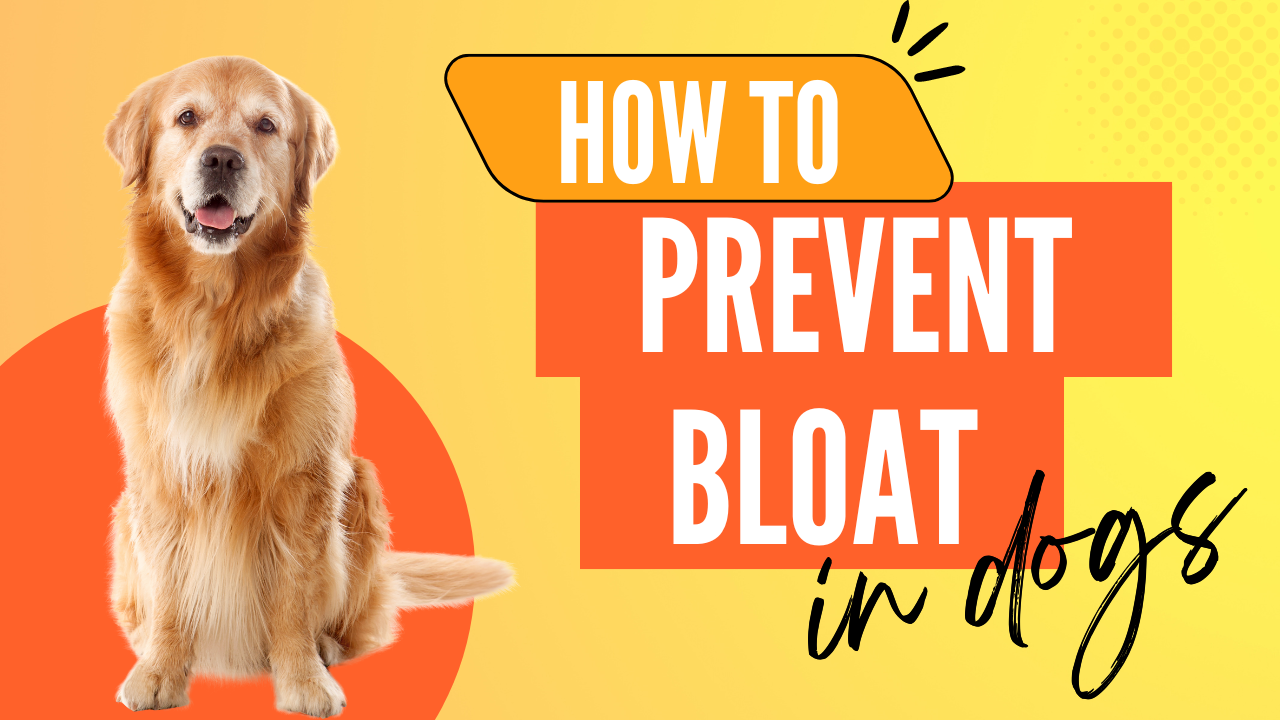If you’re a dog parent like me, you know how crucial it is to stay ahead of any health issues. Bloat, also known as Gastric Dilatation-Volvulus (GDV), is a life-threatening condition where a dog’s stomach fills with gas and twists. Scary, right? But don’t worry, I’ve got you covered with some practical tips to prevent this from happening.
1. Slow Down Mealtime
Dogs, especially large breeds, tend to gulp down their food like it’s the last meal on Earth. This can cause them to swallow a lot of air, leading to bloat. Invest in a slow feeder bowl or puzzle feeder to encourage your dog to eat more slowly. Trust me, it’s a game-changer!
2. Watch the Water Intake
After a vigorous play session, our pups can get really thirsty. While it’s essential to keep them hydrated, drinking too much water at once can contribute to bloat. Offer smaller amounts of water at intervals instead of letting them gulp down a full bowl in one go.
3. Feed Smaller, More Frequent Meals
Instead of one or two large meals a day, try feeding your dog smaller portions more frequently. This helps in reducing the amount of gas that can build up in their stomach. Plus, it keeps your dog’s energy levels more stable throughout the day.
4. Avoid Vigorous Exercise Around Mealtime
Exercise is crucial for our dogs, but timing is everything. Avoid heavy exercise right before and after meals. Let your dog rest for at least an hour after eating before they go on their next adventure. This helps prevent the stomach from twisting during playtime.
5. Know the Signs
Despite our best efforts, it’s essential to know the signs of bloat so we can act quickly. Symptoms include a swollen or distended abdomen, excessive drooling, restlessness, and attempts to vomit with little or no success. If you notice any of these signs, rush your dog to the vet immediately!! Time is of the essence with GDV.
6. Consider a Gastropexy
For breeds that are particularly prone to bloat, such as Great Danes, Saint Bernards, … you might want to discuss a gastropexy with your vet. This surgical procedure tacks the stomach to the abdominal wall, preventing it from twisting. It’s a preventive measure that can save your dog’s life. We did it for all of our big dogs. The peace of mind it offers me is priceless.
7. Choose the Right Food
Opt for high-quality dog food that’s low in fat and doesn’t contain common bloat triggers like soy, corn, and wheat. Some studies suggest that kibble size and shape can also play a role, so it might be worth discussing the best options with your vet – or switch to a full raw diet!
8. Keep Stress Levels Low
Stress can contribute to bloat in dogs, just like it can affect our health. Create a calm feeding environment and try to keep stressors to a minimum around mealtime. A relaxed dog is a healthier dog.
Final Thoughts
Preventing bloat and gastric torsion in dogs is all about being proactive and informed. With these tips, you can significantly reduce the risk and keep your furry friend safe and sound. Remember, every dog is different, so always consult with your vet to tailor these suggestions to your dog’s needs.

